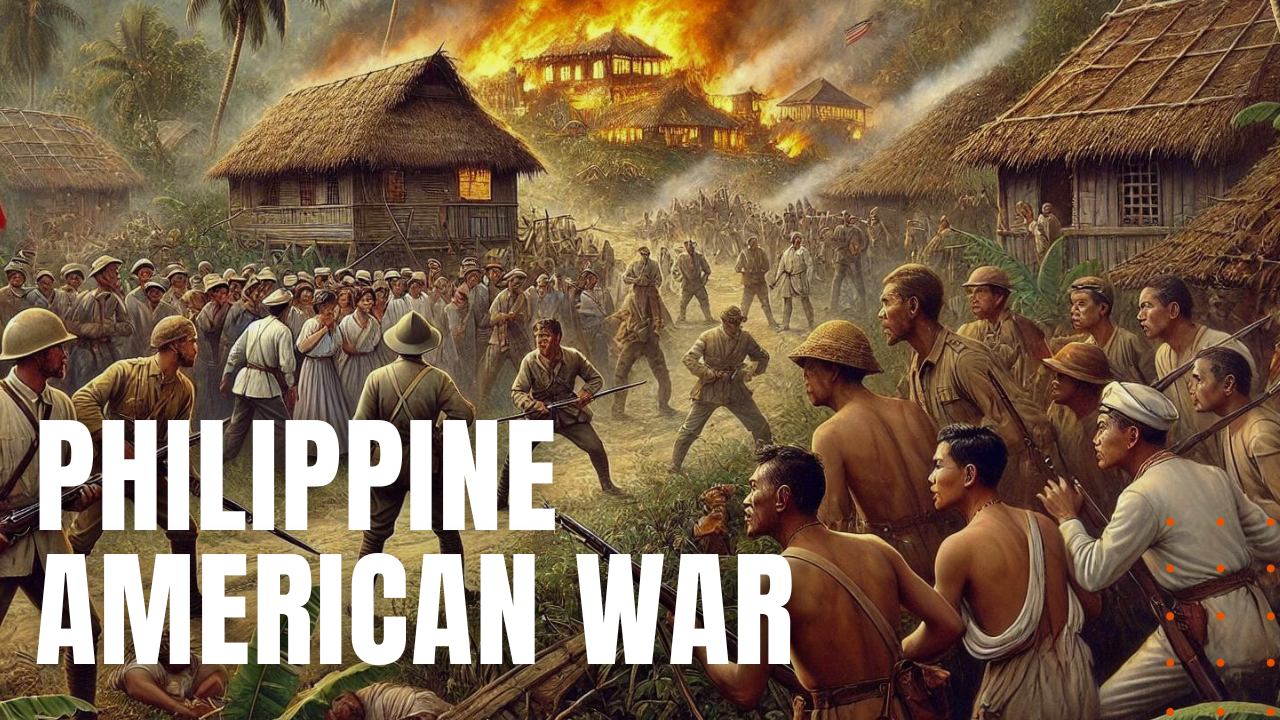The Philippine-American War

After Spain ceded the Philippines to the United States following their lopsided defeat in the Spanish-American War, fierce debates among U.S. policymakers echoed throughout Washington, DC, regarding the annexation of the Philippines. While those opposed to American imperialism sighted the immorality of colonial rule, those in favor saw the Philippines as a gateway to U.S. commercial opportunities in Asia, while others believed that Filipinos were incapable of self-rule. Still others feared that if the U.S. failed to take control of the islands, other powers such as Germany or Japan would eagerly usurp control.
New Colonial Overlord
That all ended on February 4th, 1899, just two days before Congress ratified the Treaty of Paris that formally ended the Spanish-American War, when fighting broke out between American forces and Filipino nationalists led by Emilio Aguinaldo, who sought independence for the Philippines rather than a change of colonial rulers. The ensuing Philippine-American War of 1899 to 1902 proved to be anything but the romantic ‘splendid little war’ that Americans were presented with during the the Spanish-American War’s expansion into Cuba, and while American politicians and journalists referred to the new conflict in the Philippines as an “insurrection,” Filipinos fought for their independence from yet another foreign invader.
Two-Phase War
In the two-phase war to follow, from February to November of 1899, Aguinaldo attempted to fight a conventional war against a better-trained, better-equipped U.S. Army, until the belligerent Filipinos shifted to guerrilla-style warfare in November of 1899. The war would continue even after Aguinaldo was captured on March 23, 1901, coming to an official end when President Teddy Roosevelt proclaimed a general amnesty on July 4th, 1902. The Philippine-American War proved to be costly to both sides of the conflict, witnessing U.S. forces burning villages of suspected insurgent sympathizers, at the same time torturing captured guerrilla fighters and imposing civilian retraining programs on the general public.
War Crimes
For their part, Filipino fighters tortured captured U.S. soldiers and terrorized civilians suspected of cooperating with American interests. By the end of the three-year war, 4,200 American soldiers and 20,000 Filipino combatants had been killed, as well as over 200,000 Filipino civilians felled by fighting, cholera and malaria epidemics and food shortages caused by a merciless string of agricultural disasters, making the Philippine-American War, a little remembered conflict during the high water years of American imperialism.
